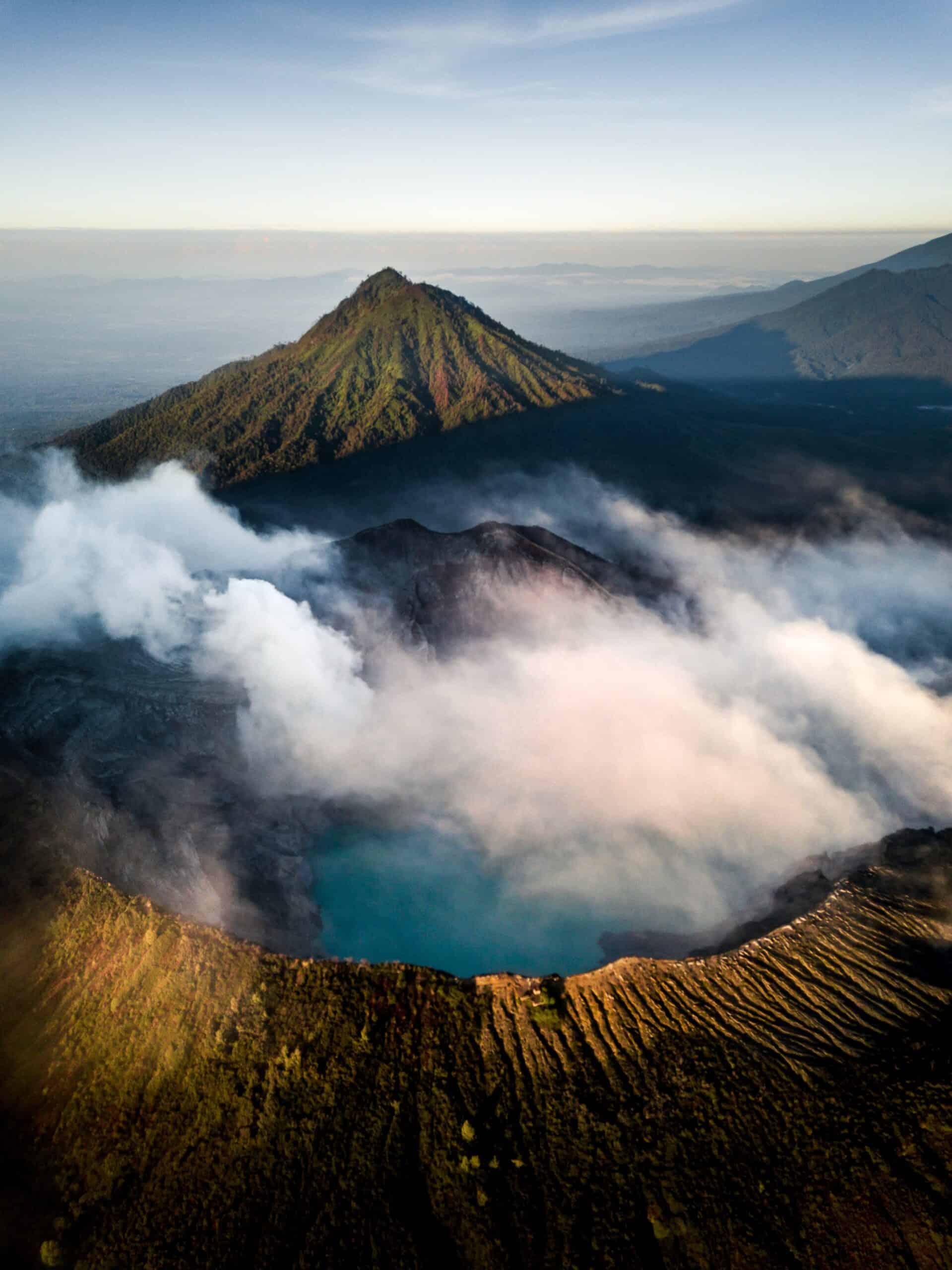Are you looking for a travel destination that rivals the charm of Bali? Are you open to the idea of exploring a hidden gem that offers rich culture, breathtaking landscapes, warm hospitality, and authentic experiences? If you answered yes to both questions, East Malaysia might be worth considering.
In this article, I will highlight 3 similarities between Bali and East Malaysia, followed by 4 compelling reasons to add East Malaysia to your bucket list.

Similarity #1: Rich cultural heritage
Bali’s unique Hindu culture is present all over the island. Examples include its ornate temples, mesmerizing traditional dances, and intricate art forms.
East Malaysia is another melting pot of diverse cultures, which includes indigenous tribes such as the Iban, Bidayuh, and Kadazan-Dusun, each with their own fascinating traditions, rituals, and handicrafts.
Another great example of East Malaysia’s cultural diversity is the Rainforest World Music Festival in Sarawak. This annual event showcases a fusion of world music, attracting performers and fans from across the globe. In 2019, it welcomed over 23,000 attendees, reinforcing East Malaysia’s commitment to celebrating its cultural richness.
Similarity #2: Breathtaking natural landscapes
Bali’s iconic rice terraces in Ubud, majestic waterfalls in Munduk, and stunning beaches in Uluwatu are just a few examples of the island’s natural beauty.
Meanwhile, East Malaysia is home to the majestic Mount Kinabalu, which stands at an impressive 4,095 meters (13,435 feet), as well as the breathtaking Mulu National Park, a UNESCO World Heritage Site, known for its intricate cave systems and pristine rainforests.
Similarity #3: Warm hospitality and authentic experiences
One of the most beautiful similarities between Bali and East Malaysia is the genuine warmth and hospitality of the local people. Travelers are welcomed with open arms in both travel destinations.
Whether it’s participating in a traditional Balinese or Malaysian cooking class, joining a local festival, or staying in a traditional longhouse with indigenous communities, both destinations offer countless opportunities for authentic cultural experiences that often leave a lasting impression.
Now, let’s shift our focus to East Malaysia and explore 4 compelling reasons to visit this hidden gem.

1. Borneo wildlife safari.
East Malaysia is home to some of the world’s most diverse and unique wildlife, including the endangered orangutans, proboscis monkeys, and pygmy elephants. Embark on a wildlife safari along the Kinabatangan River to discover and witness these incredible creatures in their natural habitat.
According to recent statistics, the Kinabatangan River is home to approximately 300 orangutans, making it one of the best places in the world to witness these magnificent creatures up close.
2. Pristine coral reefs and marine life.
It’s also a paradise for diving and snorkeling enthusiasts. The stunning coral reefs of Sipadan Island, renowned for its diving sites, offers an unforgettable underwater experience. The Sipadan Island Marine Park is estimated to have over 3,000 species of fish and 400 species of coral, making it a true haven for underwater exploration.
3. Unspoilt nature and national parks.
East Malaysia is blessed with untouched natural beauty, thanks to its numerous rainforests and national parks. Explore the pristine rainforests of Bako National Park, where you can spot proboscis monkeys, wild boars, and hornbills.
If you’re looking for a more adventurous experience, head to Gunung Mulu National Park. It’s home to the world’s largest cave chamber and offers an extensive network of trails waiting to be explored.
4. Cultural immersion with indigenous tribes.
Spend time with the Iban tribe in Sarawak, participate in their traditional rituals, and experience their unique way of life. Engage with the Kadazan-Dusun community in Sabah and witness their vibrant cultural festivals, such as the Harvest Festival, showcasing traditional dances, music, and costumes.
Conclusion
In conclusion, both Bali and East Malaysia offer incredible holiday experiences with their unique cultural heritage, stunning landscapes, warm hospitality, and authentic encounters. While Bali may be the more well-known travel destination between the two, travelers should definitely consider exploring the hidden gems of East Malaysia when visiting Southeast Asia.




